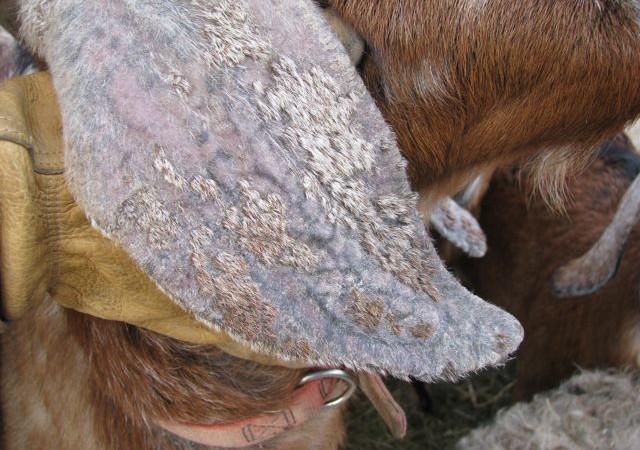

Farmers can control the deadly mange disease in goats by using a new treatment method which involves mixing of crude castor seed oil and tamarind fruit solution.
The disease is a major killer of goats in the dry areas of northern and eastern Uganda as it spreads fast and can wipe out the entire herd according to Samuel Sewagudde a vet who specialises in animal disease management.
Causes of mange
The disease is caused by mites that burrow into the skin causing severe itching, loss of fur, dry rough crust, emaciation and death.
This causes losses to farmers as they cannot sell skin from an infected goat while infected meat is discarded.
Control
In this, use crude castor seed oil (do not use refined castor oil) mixed with tamarind fruit solution. Mix one tin (two kilogrammes) of castor seed oil with one and half tin (one kilo) of tamarind solution.
A kilogramme of tamarind costs roughly Shs5,000 in Kigumba, Soroti and Kumi towns while castor seeds retail at Shs1,000 per kilogramme.
Preparing
To prepare the mixture, roast the castor seeds on a pan until they start popping and turn dark. Then pound the roasted seeds in a mortar or use a grinding stone.
Pour them into a cooking pot and add water then heat it until the oil shows on the surface and remove it to cool.
As for tamarind fruit, soak the fruit in a bucket of water and stir them to make a thick paste then remove the seed and residue from the paste.
After both are ready, apply the castor oil with tamarind paste on the animal’s body using a hand brush once every four weeks.
This method cuts costs by half compared to chemical use and is more effective.
Prevention tips
Quarantine new animals brought from outside your farm in order to protect your goats from the bacteria, viruses, and other organisms that the new animals might be carrying.
The reverse is just as true: newly-introduced goats need to be protected from organisms present on your farm to which they have never had their immune systems exposed.
These goats are on a new property in a changed environment and perhaps in a much different climate from which they have been previously adapted to living.
From the moment they left their previous farms, these goats’ immune systems were under assault.
Set up a shelter sized to accommodate your anticipated needs and locate it away from pastures where healthy animals are regularly kept.
The shelter should be large enough to provide space for proper exercise and should have at least a three-sided shelter with a roof to protect the new goats from bad weather.
Nearby but not within this shelter area, there should be several smaller gated pens and sheds where sick animals can be confined for observation and treatment.
Common mange
Several types of mange mites affect goats. Signs of mange depend on the type of mite causing the infestation.
Sarcoptic mange
The mite causing sarcoptic mange in goats is formally known as sarcoptes scabiei var. caprae. Sarcoptic mange usually appears on the neck and head, although it can spread all over the body. Symptoms include hair loss, skin thickening and scaly lesions. If your goats contract sarcoptic mange, an injection of common dewormers, ivermectin or moxidectin will likely kill off the mites.
 Contact Jaguza Support
Contact Jaguza Support